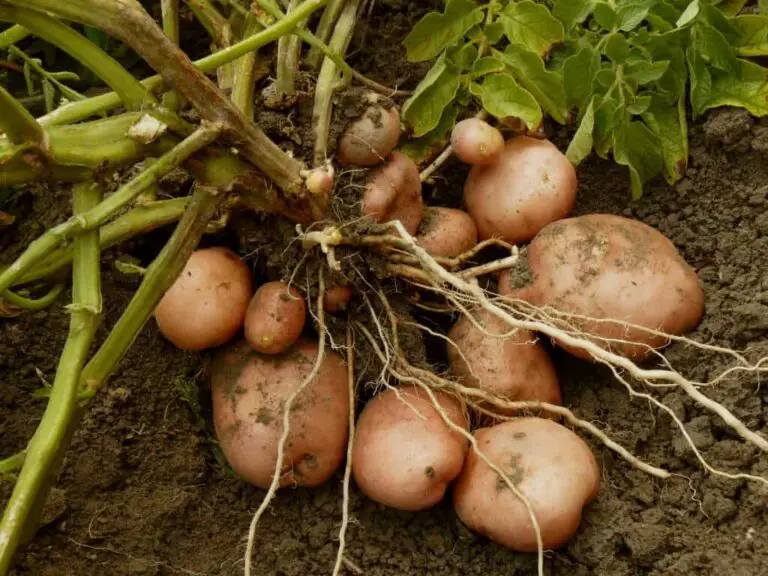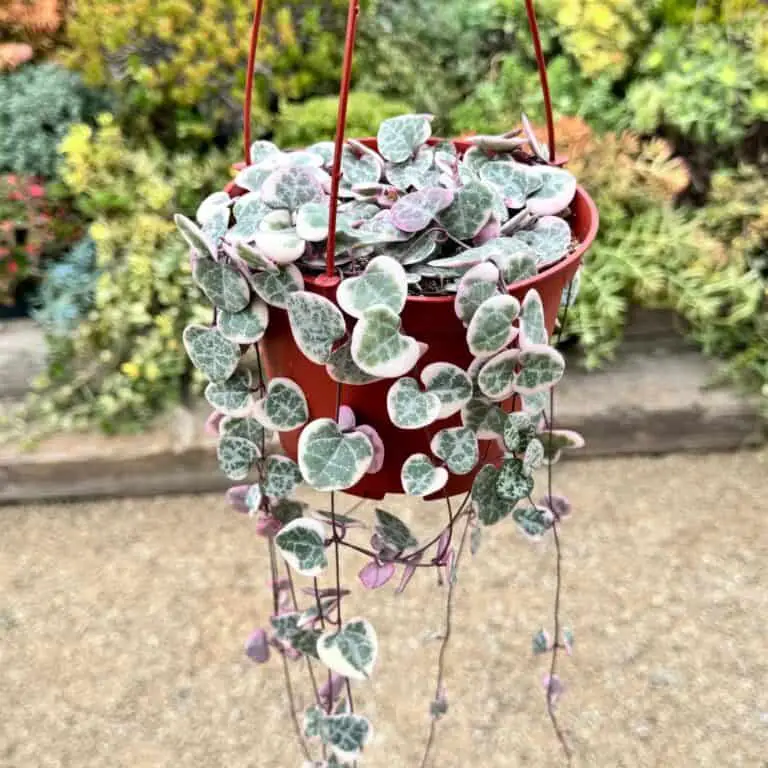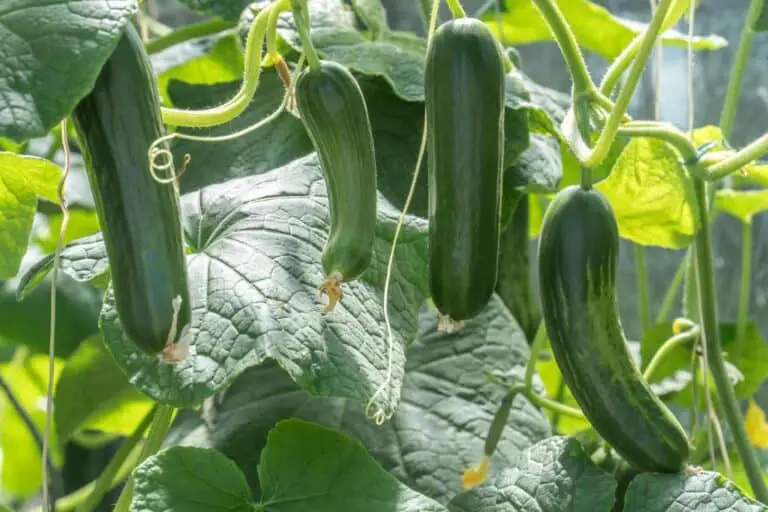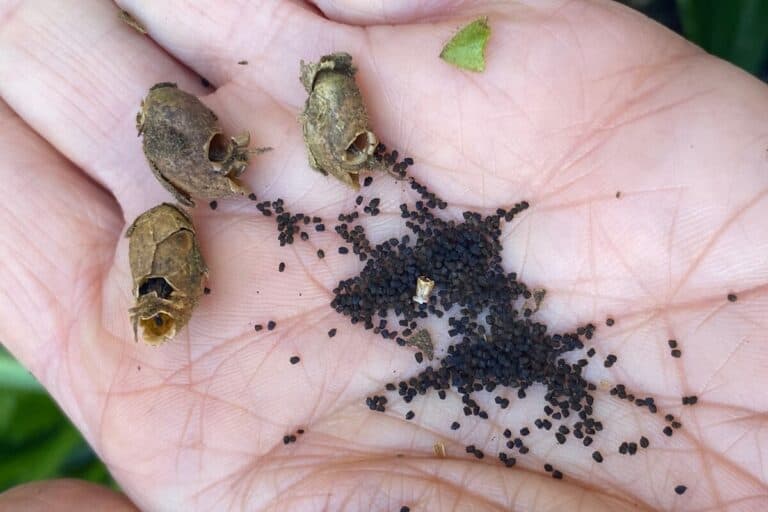Here’s What Happens When You Soak Your Lettuce Seeds Before Planting!
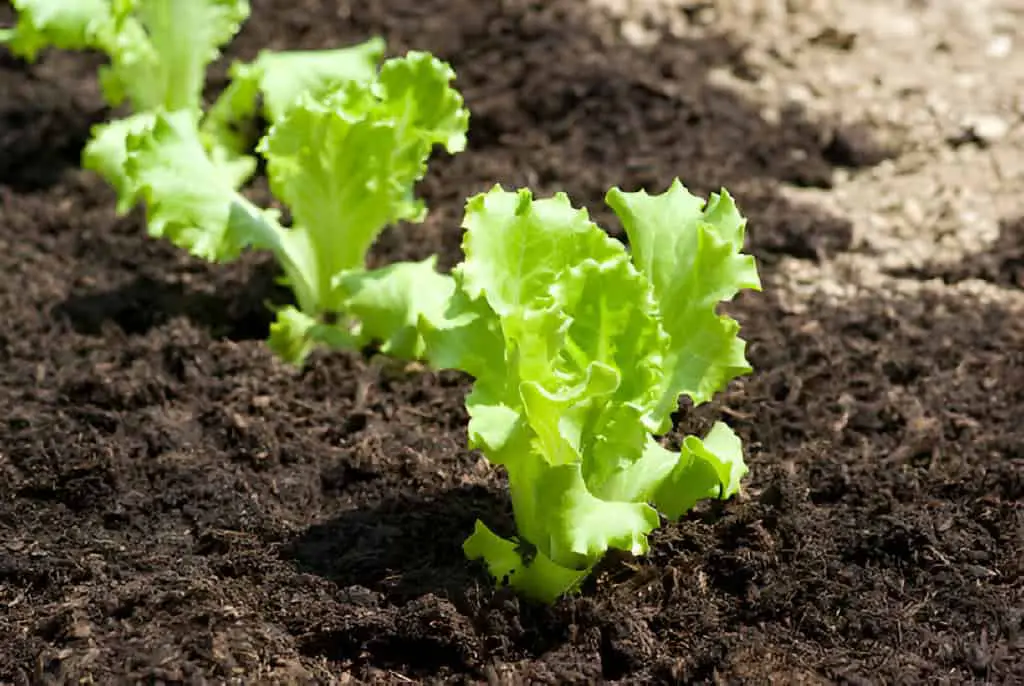
When it comes to gardening, there’s always a handful of tricks that separate the good from the great. Pre-soaking lettuce seeds before planting might seem like an extra step, but it’s a step that can make a world of difference in how quickly and well those seeds sprout.
I’ll share my firsthand experience, the benefits, a few tips, and a table for easy reference so you can see the impact of a simple pre-soak.
A Little Prep Goes a Long Way
When you’re dealing with lettuce seeds, patience isn’t just a virtue; it’s part of the whole experience. Lettuce seeds can take a bit of time to germinate, and they’re not always the most cooperative of seeds.
I found that soaking them before planting can really give them the kick-start they need to grow faster and healthier. Think of it as giving your seeds a little “wake-up” call before they hit the soil.
Soaking lettuce seeds helps soften their outer shell, which can speed up the germination process. For seeds that might normally take a week or more to show signs of life, a quick soak can mean they’re sprouting in a few days instead.
| Also read: Can You Replant Lettuce from the Grocery Store? |
How to Soak Lettuce Seeds: A Simple Step-by-Step

If you’re new to soaking seeds, don’t sweat it! The process is easy and doesn’t require any fancy equipment. Here’s how I do it:
- Choose a shallow bowl or dish – I like to use a small glass bowl so I can keep an eye on the seeds.
- Fill it with lukewarm water – Cold water works too, but lukewarm seems to be just right for gently softening the seeds.
- Add the seeds and let them sit – Leave them in the water for about 12 to 24 hours. You don’t want to go much longer because they can start to mold or lose nutrients if oversoaked.
- Drain and plant – After soaking, drain the seeds and plant them right away in moist soil. They’ll be raring to go!
The Benefits of Soaking Lettuce Seeds
So, what’s in it for you? Soaking your seeds comes with a few undeniable perks, especially for something like lettuce, which loves a quick start to avoid bolting in warm weather.
Faster Germination
Seeds that have been soaked before planting will typically germinate faster than dry seeds. This can be a big win if you’re looking to get an early crop or if you’re planting in a cooler climate where every day counts. Soaking essentially softens the seed coat, allowing moisture to penetrate quicker and activating the little bundle of potential inside.
Healthier Seedlings
Lettuce can be delicate, and starting with pre-soaked seeds tends to produce stronger, healthier seedlings. When seeds germinate quicker, they establish roots faster, which means they’re less vulnerable to diseases and pests that love preying on young, struggling plants.
Improved Yield
There’s nothing like harvesting a full bed of lettuce that’s lush, green, and perfect for salads and sandwiches. Soaking can help improve the germination rate, which means more seeds sprout and you’re left with a fuller yield. No more frustrating gaps where a seed just didn’t make it!
Does Soaking Work for All Lettuce Seeds?
The answer is mostly yes, but it does vary a bit depending on the type of lettuce. For example:
| Type of Lettuce | Benefits of Soaking | Recommended Soaking Time |
| Romaine | Significant | 12-24 hours |
| Butterhead | Moderate | 8-12 hours |
| Iceberg | Minimal | Not recommended |
| Leaf Lettuce | High | 12-24 hours |
Iceberg lettuce, with its thicker, denser seed coat, might not need soaking as much as other varieties since it’s a slower grower naturally. But for other types like romaine and leaf lettuce, soaking can make a clear difference.
When You Should Skip the Soak
Now, while I swear by soaking for a jumpstart on lettuce, there are times when I skip it. Here are a few reasons why you might want to keep your seeds dry:
- Direct sowing in warm, moist soil – If you’re planting in warm, consistently damp soil, seeds will absorb enough moisture naturally.
- Short on time – If you’re in a rush to plant, it’s okay to skip soaking. Just be sure to keep the soil moist.
- Cold weather – Seeds might not benefit as much if the soil temperature is still too low for them to germinate comfortably.
Tips for Success with Soaking Lettuce Seeds
If you’re trying soaking for the first time, here are a few tricks to ensure your seeds have the best chance at success:
- Don’t oversoak. Keep it to around 24 hours at most, or the seeds might start to ferment.
- Use fresh water. Avoid any additives; plain water works best.
- Plant immediately after soaking. Seeds start to activate once they absorb water, so you don’t want to delay planting.
My Final Verdict on Soaking Lettuce Seeds
After experimenting with both soaked and dry seeds, I’ve become a huge fan of soaking. It’s like giving the seeds a running start, and it pays off big when you see that first row of tiny green leaves pop up a little sooner than expected. Lettuce, in particular, responds well to soaking, especially if you’re growing it in conditions that might not be perfect (looking at you, unpredictable spring weather!).
So next time you’re ready to plant a bed of lettuce, give soaking a try! It’s a quick, easy step that makes you feel like a bit of a garden magician. You’ll have sprouting seeds before you know it, and with any luck, a lush garden of lettuce in no time.


